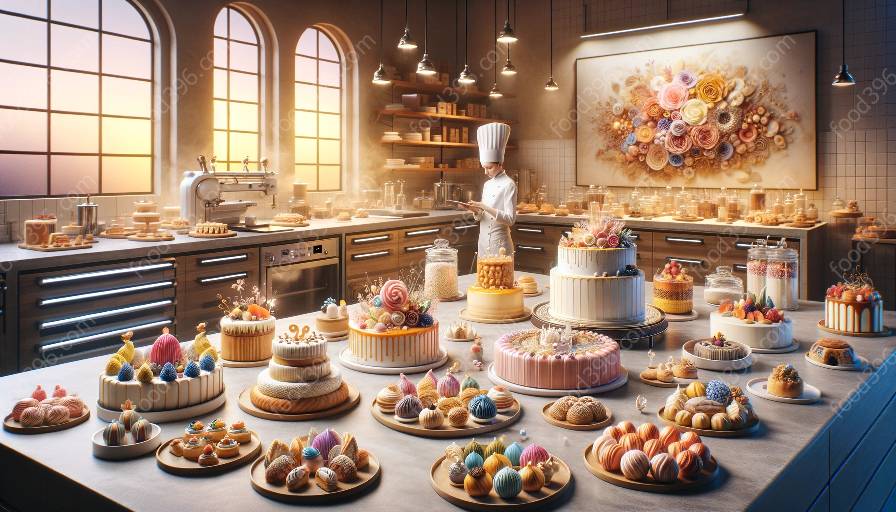Choux pastry, often referred to as pâte à choux, is a versatile and delicious dough that serves as a foundational element across the realms of pastry arts, decorative techniques, and baking science and technology. Mastering the techniques of choux pastry not only opens the door to creating classic pastries such as éclairs and cream puffs, but also offers opportunities for artistic expressions and decorative applications. This comprehensive topic cluster delves into the intricacies of choux pastry, its compatibility with pastry arts and decorative techniques, and its underlying principles in baking science and technology.
The Art of Making Choux Pastry: Techniques and Methods
Creating choux pastry is considered an art form by pastry chefs and bakers around the world. The key to mastering this delicate dough lies in understanding the fundamental techniques and methods.
- Ingredients: The basic ingredients for choux pastry include water, butter, flour, and eggs. Achieving the right balance of these ingredients is crucial for the success of the pastry.
- Cooking the Dough: The dough is cooked on the stovetop until it forms a smooth ball and pulls away from the sides of the pan. This process allows the proteins in the flour to create a structure that can hold in the air and steam during baking, resulting in the characteristic hollow interior of choux pastries.
- Adding Eggs: The eggs are then added to the cooked dough one at a time, incorporating each egg completely before adding the next. This step is essential for achieving the desired consistency and texture of the pastry.
- Piping and Baking: The piped dough is baked at a high temperature, which causes the moisture in the dough to create steam, puffing up the pastry and creating a hollow center that can be filled with various creams and fillings.
Decorative Techniques with Choux Pastry
Choux pastry serves as a canvas for artistic and decorative expressions in the realm of pastry arts. Once the foundational techniques are mastered, the possibilities for creating visually stunning and delicious pastries are endless.
- Piping and Shaping: Mastering various piping techniques allows for the creation of different shapes and designs, from classic éclair shapes to intricate swans and elaborate structures.
- Glazing and Garnishing: The surface of choux pastries can be enhanced with a variety of glazes and garnishes, such as chocolate, fondant, or edible flowers, adding a touch of elegance and visual appeal.
- Assembly and Presentation: Combining choux pastries with other elements, such as edible sculptures and decorative elements, allows for the creation of captivating dessert displays and edible works of art.
Baking Science and Technology Behind Choux Pastry
Choux pastry is not only an art form but also a result of precise baking science and technology. Understanding the principles and processes involved in choux pastry enhances the overall mastery of this delicate dough.
- Maillard Reaction: The high heat from baking causes the Maillard reaction, resulting in the golden brown color and rich flavor of choux pastries.
- Steam and Expansion: The high moisture content in choux pastry creates steam during baking, expanding the dough to create the characteristic hollow interior, known as the


